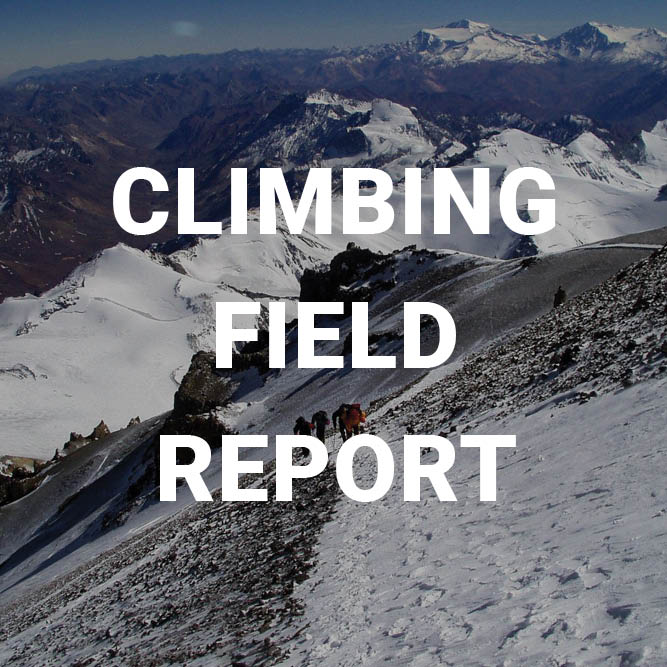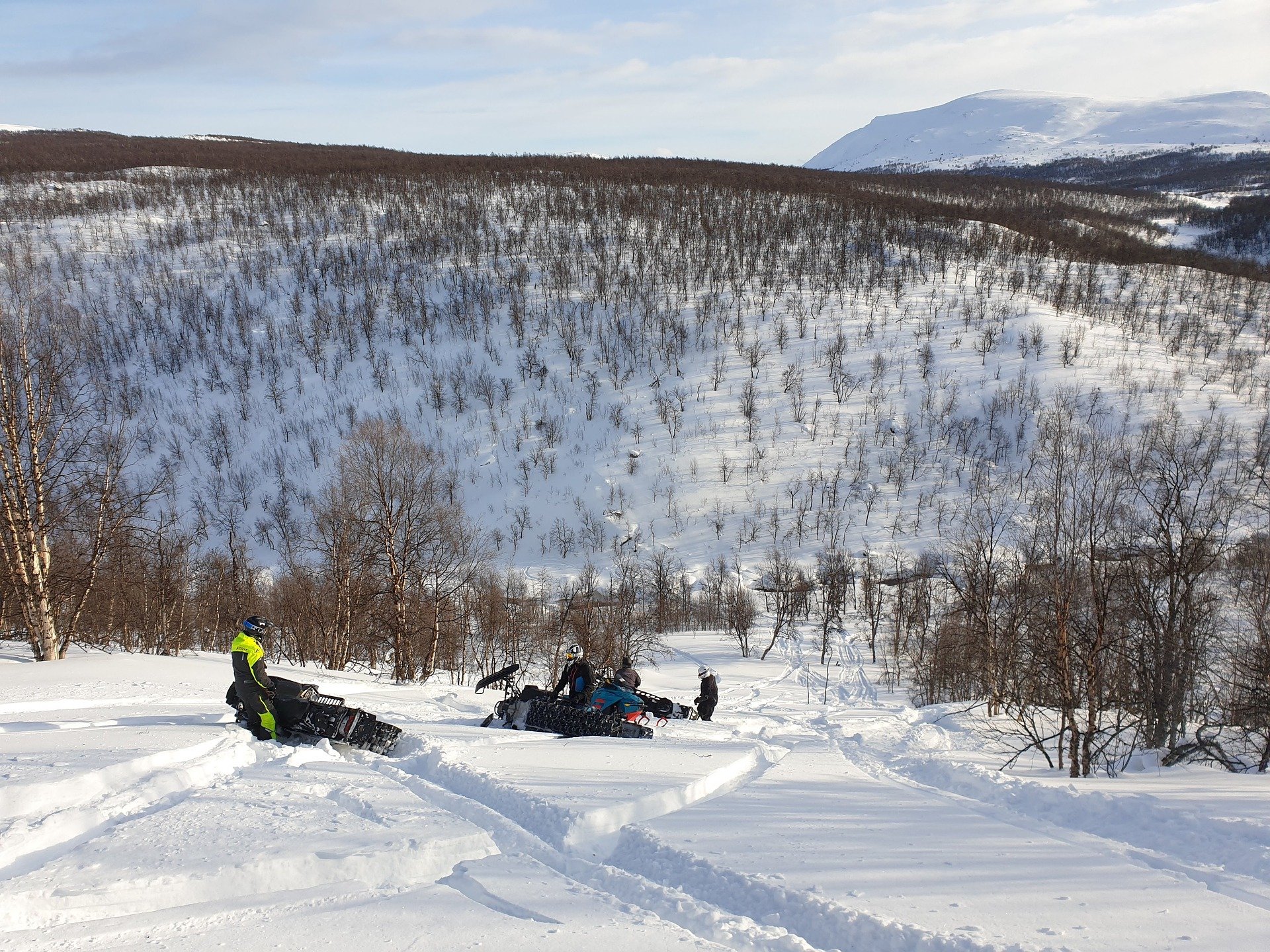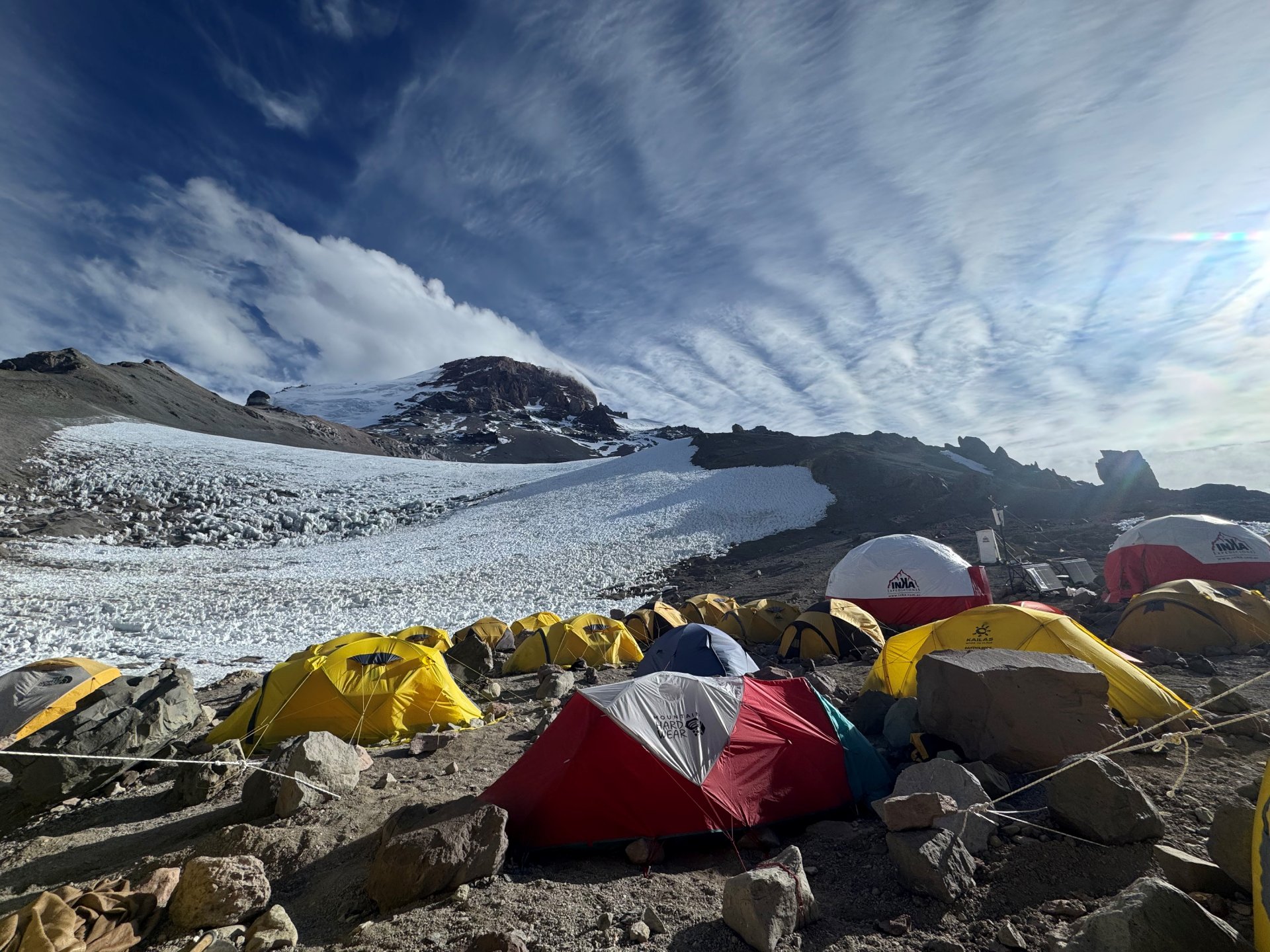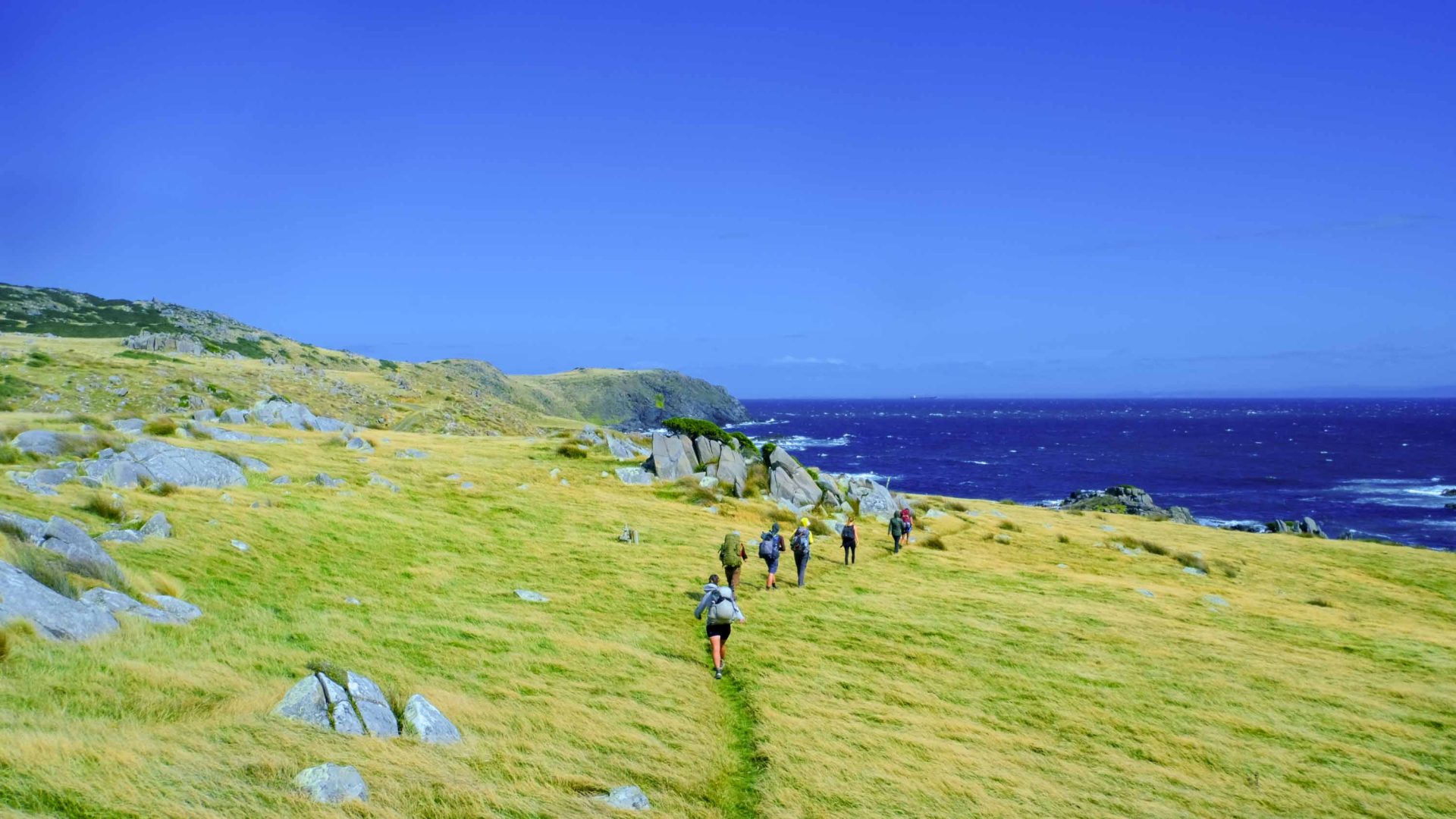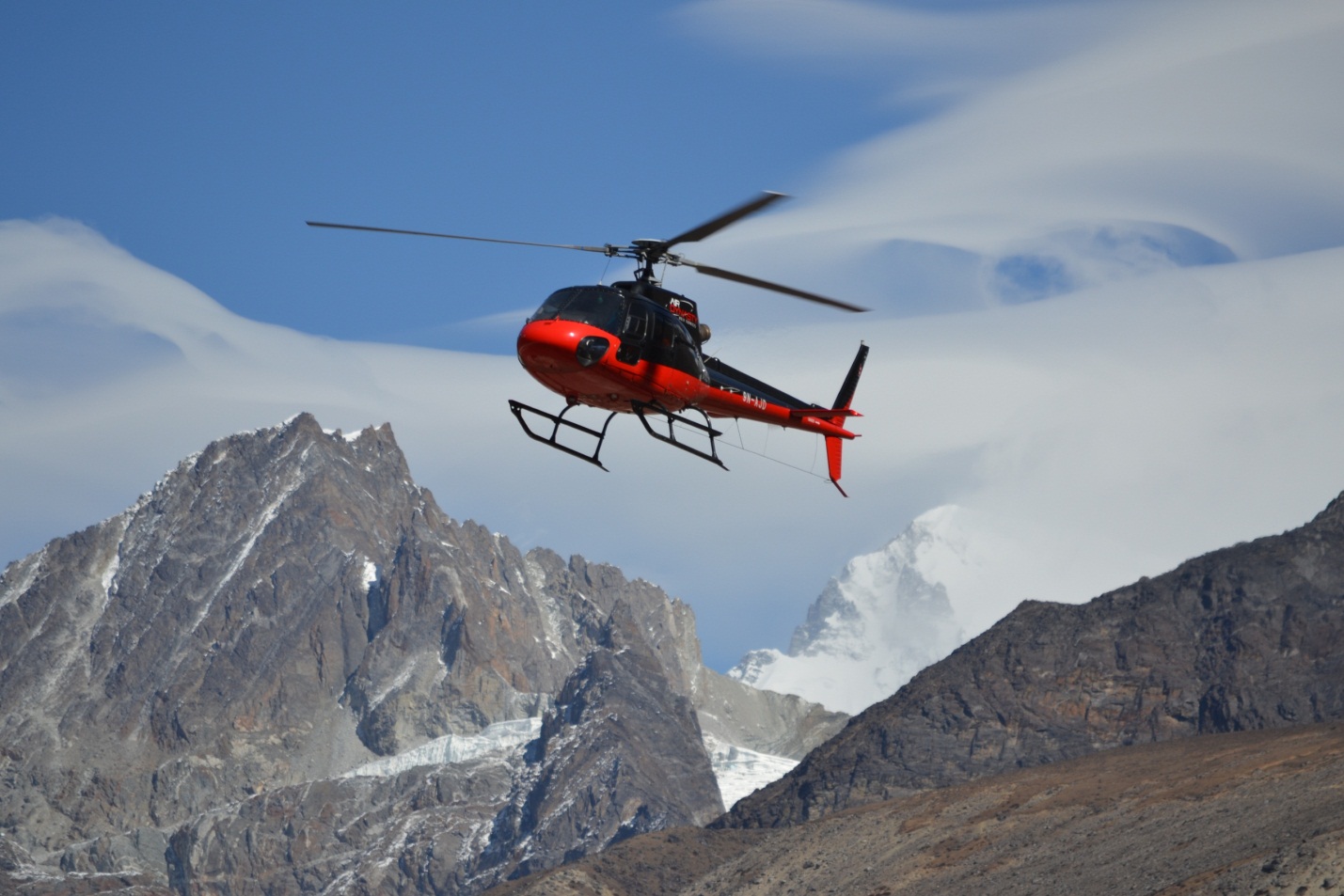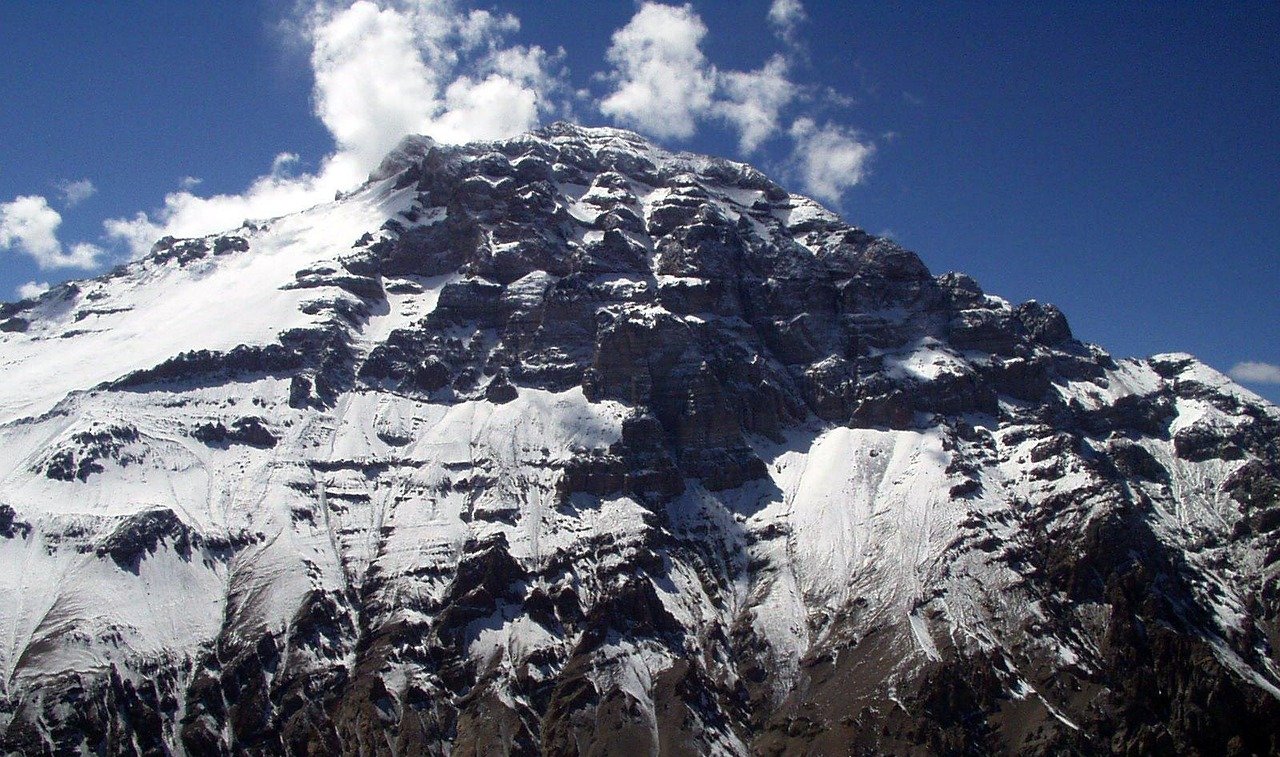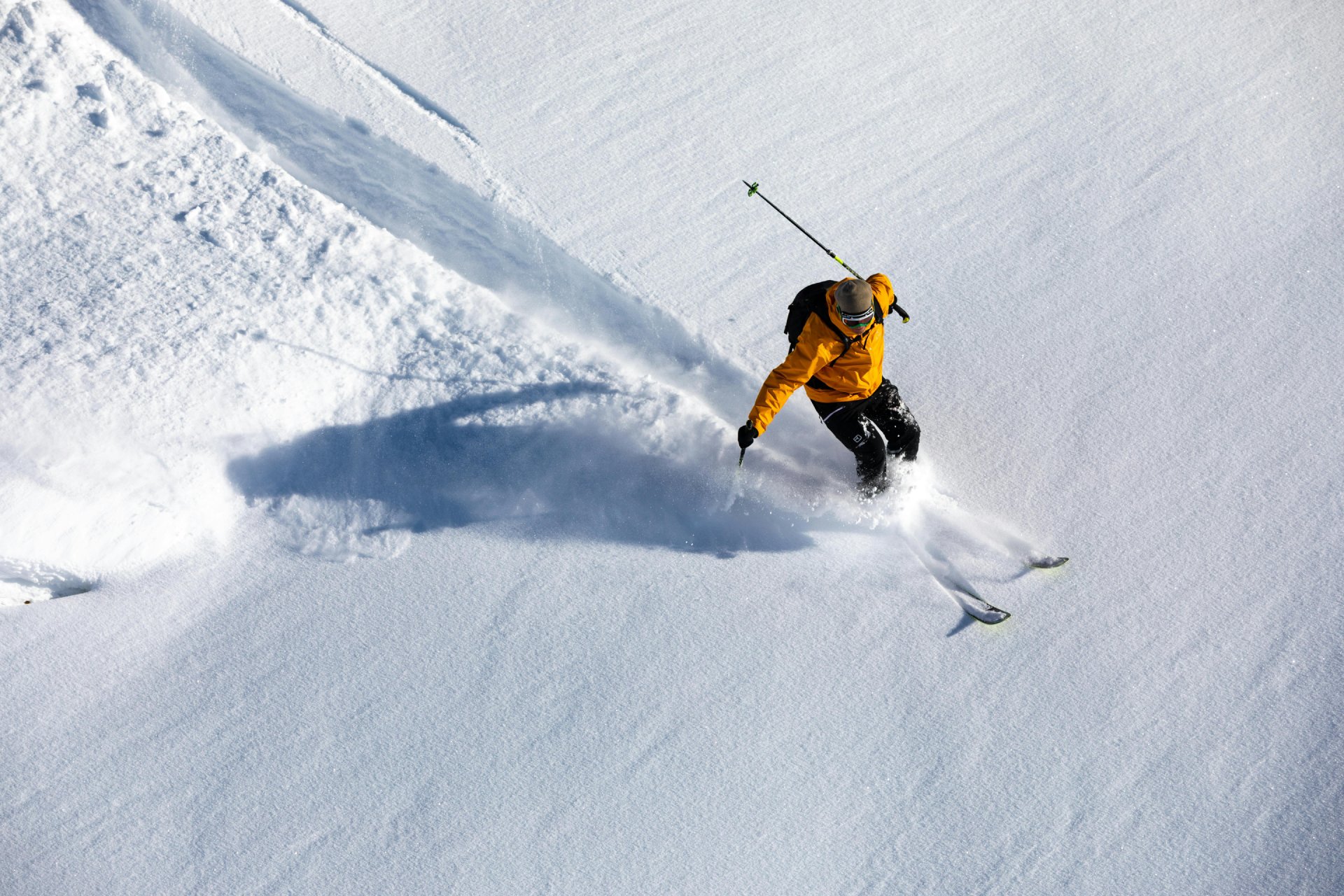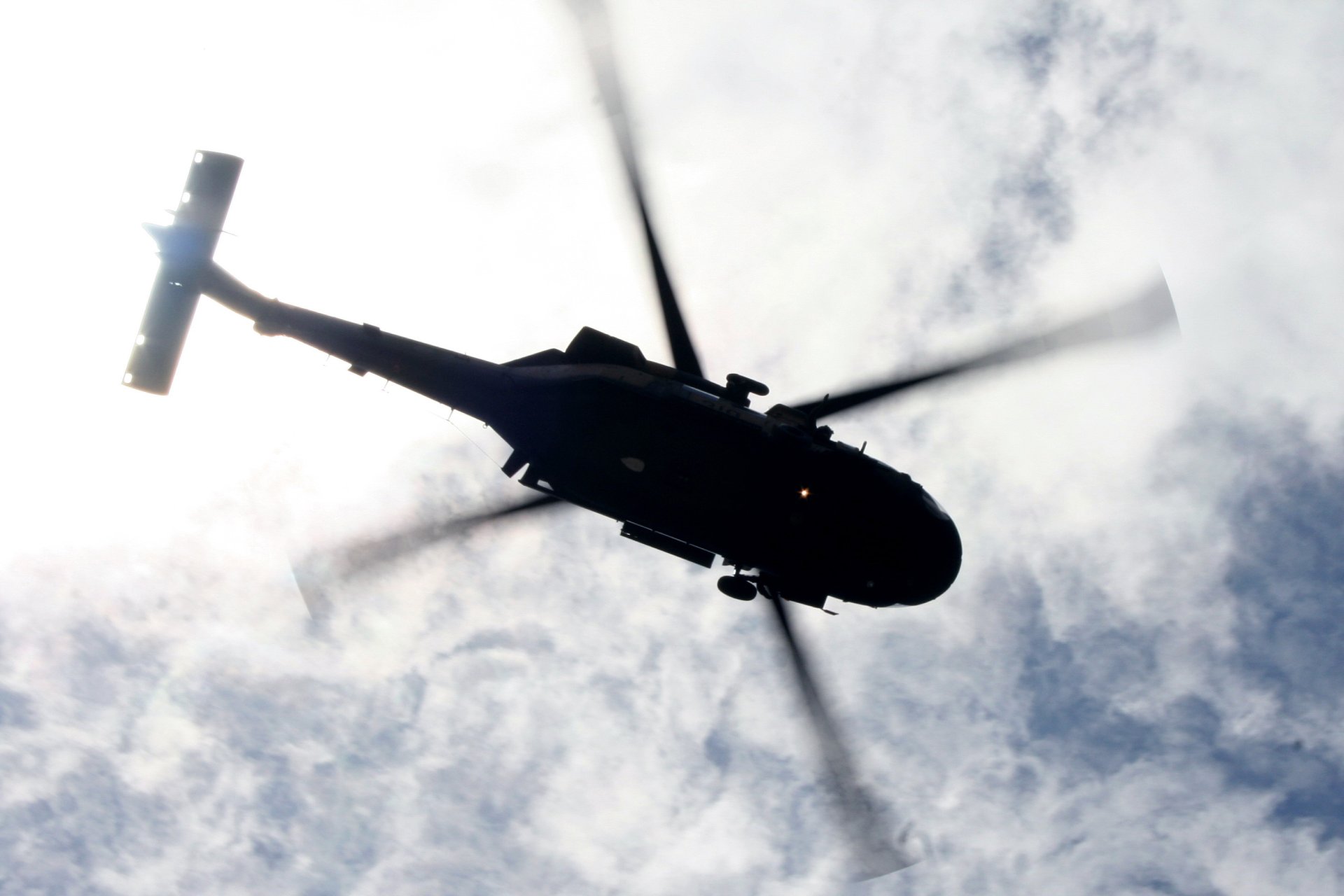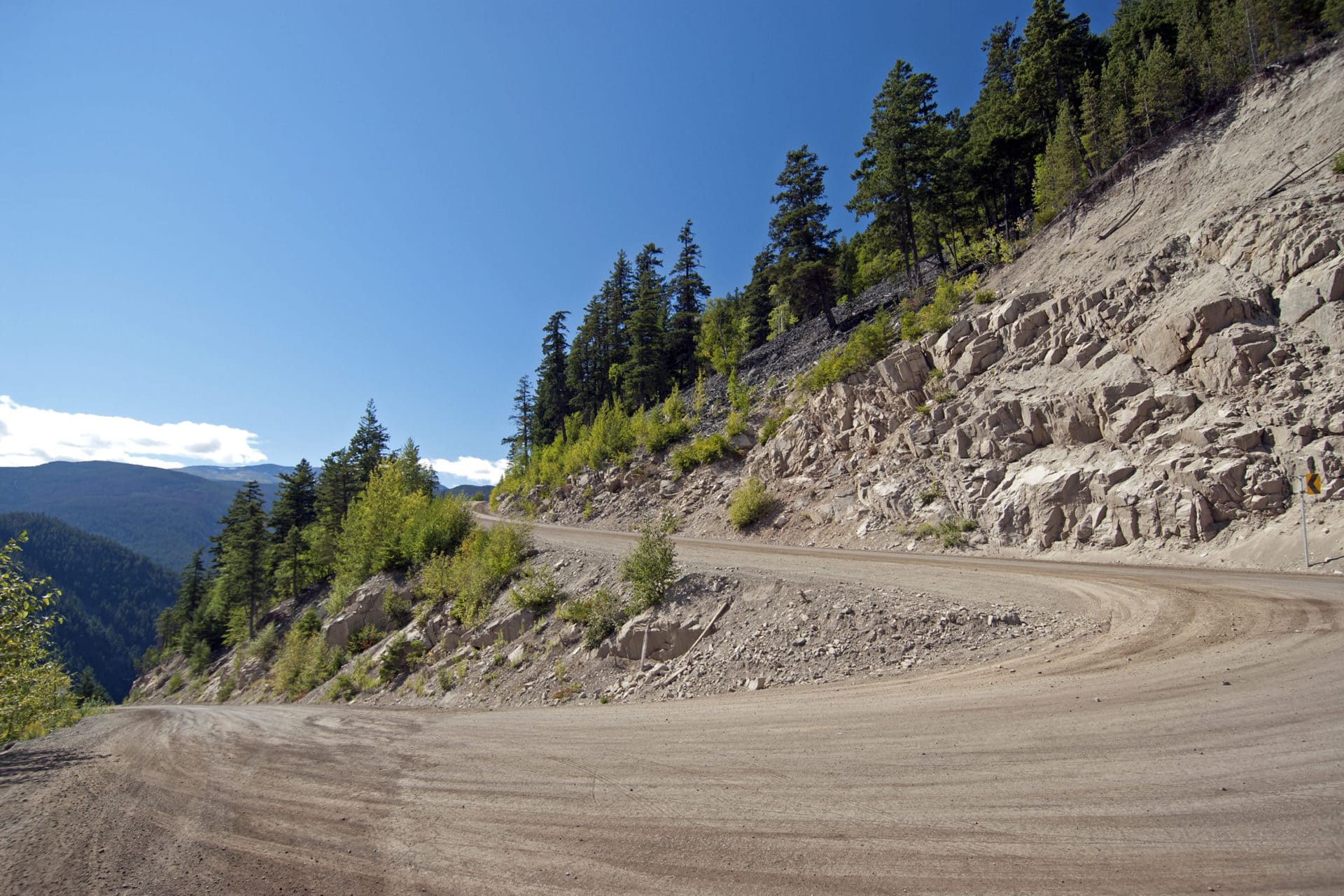Global Rescue’s medical, security and intelligence teams of critical care paramedics, physicians and special operations veterans routinely perform boots-on-the-ground assessments of destinations important to our climbing members.
Comprehensive in-country reconnaissance and ongoing intelligence reporting are just a few of the reasons why climbers trust Global Rescue.
Security, Medical and Communications Considerations for Popular Climbing Destinations
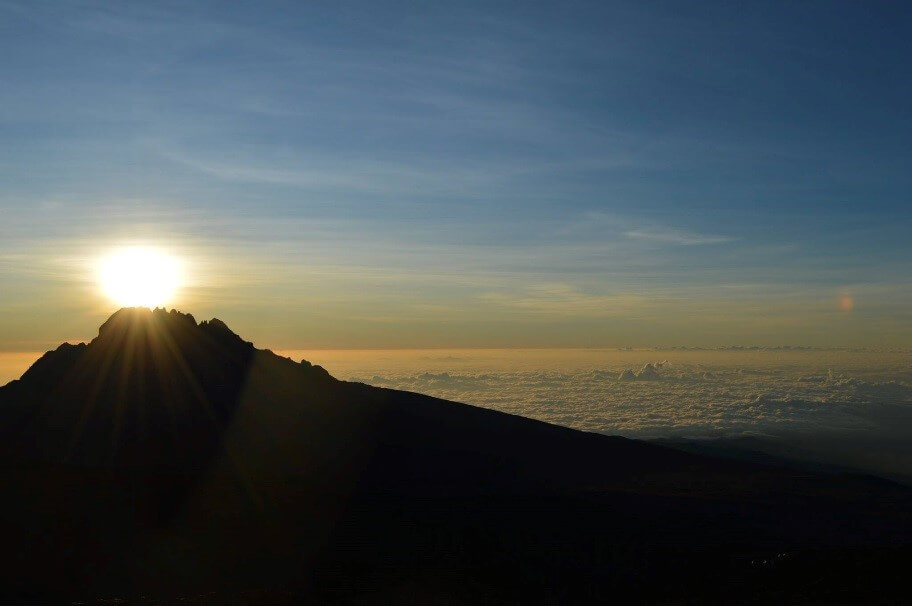
KILIMANJARO, TANZANIA
The roof of Africa, Kilimanjaro is a technically easy mountain with well-organized camps. Global Rescue liaises with both our partnered helicopter providers and the local park rangers to ensure members are safe while climbing Kilimanjaro’s multiple routes. Helicopter landing zones are situated at various points with wheeled stretchers used when helicopter access is unsafe due to terrain or weather conditions.
MEDICAL –– Acute mountain sickness (AMS) is a common complaint with a large altitude gain on summit day affecting many. Members are advised to choose an expedition company that allows for a gradual ascent, with no more than 500 meters elevation per day (sleeping altitude). Diamox can be used to aid acclimatization. Those with a known sulfonamide allergy should consider a supervised trial before using it in a remote setting. Adequate hydration and nutrition is important in helping climbers function well at altitude and preventing the onset of symptoms of dehydration and malnutrition that can mimic symptoms of AMS. Water sterilization is important as clean sources are unavailable above base camp.
Climbers with symptoms of AMS (headache, nausea, loss of appetite, fatigue at rest, insomnia) should not ascend further and should contact Global Rescue for further advice at the earliest opportunity. Ascent while symptomatic of AMS can lead to life-threatening conditions of high altitude cerebral edema (HACE) and high altitude pulmonary edema (HAPE), where rapid descent is required immediately. Reputable expedition companies will check their clients on a daily basis and not allow ascent of those who become unwell.
Medical facilities are limited within close distance to Mount Kilimanjaro. When necessary, members are transported to Dar es Salaam or over the border into Nairobi, Kenya, for stabilization before making the journey home. Global Rescue is partnered with a number of air and ground transport providers locally and internationally to perform these transports with minimal delay.
TRAVEL CONSIDERATIONS — Visas are required for travel to Tanzania. It is recommended that travelers obtain visas before traveling, but visas are also available upon arrival.
Guides are required for climbing Kilimanjaro. As there are over 600 Kilimanjaro guide services, it is recommended to pay close attention to guide selection. Kiliporters.org offers a list of partners that support fair and ethical treatment of the local porters.
Kilimanjaro International (JRO) is the closet airport. There is no public transportation available at JRO, so a pre-arranged ride or taxi service is required.
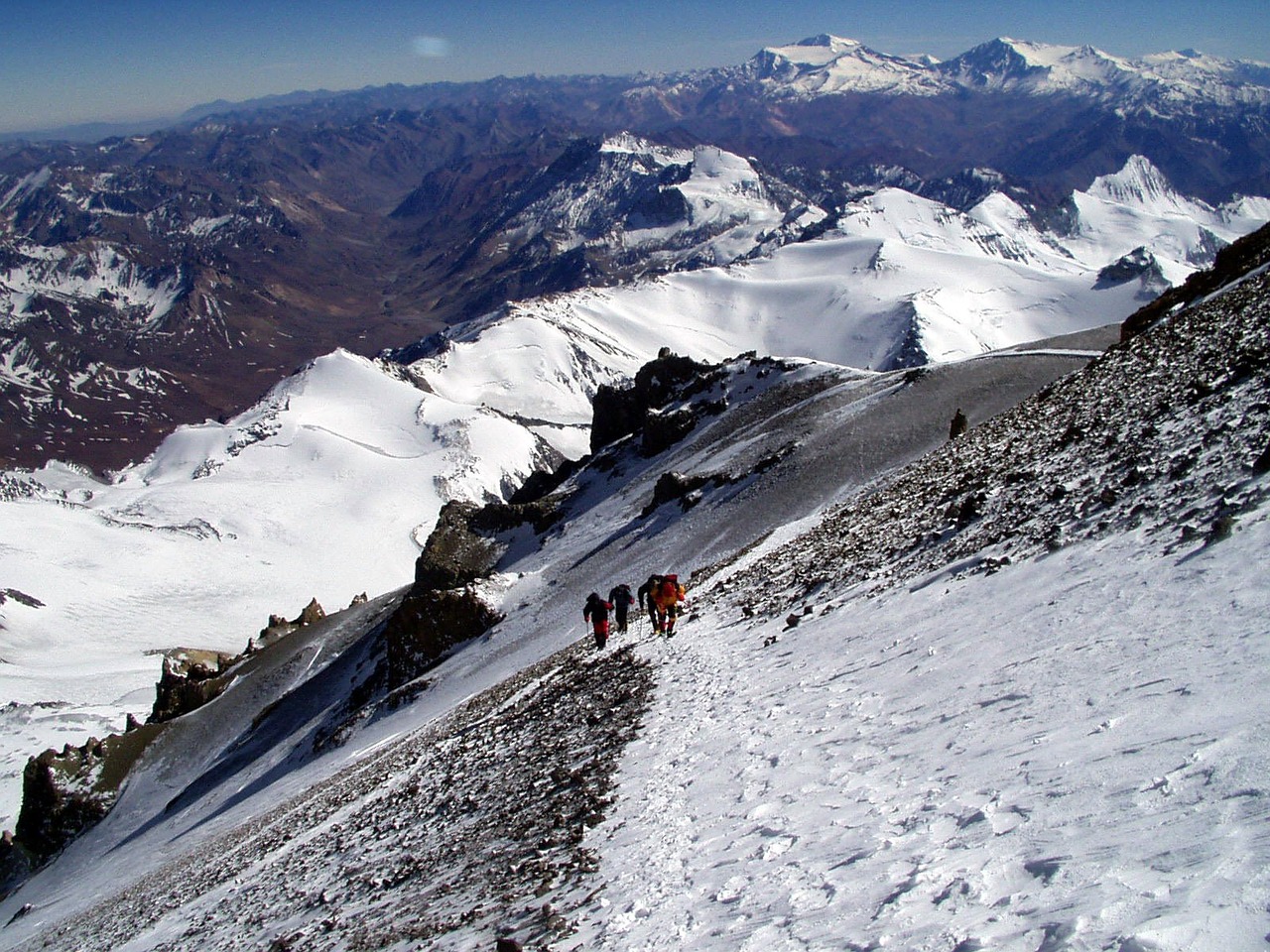
ACONCAGUA, ARGENTINA
The highest peak outside of the Himalaya is often underestimated by the large number who fail to summit. Statistics suggest that Aconcagua has one of the lowest summit success rates of the Seven Summits.
Global Rescue has seen a large increase in evacuations in 2018 compared to previous years. During the climbing season, Global Rescue keeps in close communication with both our partnered helicopter providers and the various medical clinics climbers encounter on their route to the summit.
MEDICAL — Aconcagua’s proximity to the Pacific Ocean means wind chill can be a big problem. Be prepared for a wide diurnal temperature range with good wind protection. Along with good layered kit, chemical warmers can offer good protection against the cold but should not be relied upon as they often fail.
Climbers are mandated by the local government to have medical check-ups at various points and are not allowed to continue should they be deemed unwell.
As with all high-altitude expeditions, preparation is key. Climbers should be in peak physical condition and carefully select both their kit and expedition company. Injured climbers are initially evacuated to Mendoza where most recover. Two large airports are situated in Mendoza should fixed-wing transport be necessary.
SECURITY –– Crime is a concern around Buenos Aires and Mendoza. The Retiro bus station in Buenos Aires and the bus station in Mendoza are of particular concern. It is recommended to pre-arrange transportation or utilize a flat-rate “remise” service from the airport. Avoid yellow and black taxis.
TRAVEL CONSIDERATIONS — Argentina formerly had a flat exchange rate that created a black market for dollars, referred to as “dolar blue.” In this market, pesos were exchanged for 50-100% more than the official rate. This market still exists, but it is recommended to avoid it. Generally, travelers will get a slightly better exchange rate from ATMs. Travelers should make sure to obtain all the cash required for their trip while in a major city, as ATMs/bank exchange may be unavailable during travel. For security purposes, do not store all cash in one location. Spread the money across different pockets and bags.
COMMUNICATIONS — Most guide services provide satellite and radio communications as part of the trip cost. For those planning to conduct a self-guided climb, it is recommended to develop a communications plan that includes satellite and radio options.
HIMALAYA, NEPAL
Home to the largest mountains in the world, Global Rescue is active 12 months a year in Nepal. In addition to the large number of trekking and climbing members, local agencies trust in Global Rescue to provide their employees with medical and security evacuation membership.
During the climbing and trekking seasons, operations pick up pace. 2017 was the busiest year on record for medical evacuations since the Nepal earthquake in 2015.
MEDICAL — Global Rescue deploys a team of personnel during the busy seasons to perform evacuations, assist members during their recovery in Kathmandu and help arrange appropriate transport to the member’s home country. Medical care at the Kathmandu facility recommended by Global Rescue is at Western standards and at the forefront of high altitude medicine.
SECURITY –– As with all locations, it is important for members in the Himalaya to contact Global Rescue at the earliest opportunity. An industry exists in Nepal by which a small minority of unscrupulous lodges, expedition companies, guides, etc., will arrange and profit from evacuations. It is a best practice to ensure that Global Rescue membership details are provided to the expedition company and accompanying guide with the instructions to contact Global Rescue as soon as possible should injury or illness occur.
Global Rescue maintains close relationships with the major leading helicopter companies. Often the closest helicopter is activated within minutes of the initial call to Global Rescue.
The Nepal Tourism Board mandates that all trekkers buy a Trekkers Information Management System (TIMS) card through the Trekking Association Agency of Nepal, so that trekkers are easier to locate in an emergency. Persons who wish to hike in Nepal should travel in a group or with licensed porters and guides. Trekking solo increases a traveler’s risk of criminal attack or serious injury. There have been a number of cases of foreigners going missing when trekking alone, even if they informed their embassy or other responsible parties of their general whereabouts. Be alert to the danger of rockslides or avalanches, even when paths are clear. Women should be particularly cautious if trekking alone, as there have been isolated reports of sexual assaults. Hikers can and should register their routes at base camps, parks or conservation areas, and their embassy. It is advised not to hike without an adequate supply of food and water, detailed knowledge of the route, appropriate cold weather and mountaineering gear, and, if possible, a satellite phone.
TRAVEL CONSIDERATIONS — Visas are required for travel to Nepal. Travelers should ensure to purchase the appropriate visa for their trip. Tourist visas are offered in 15-day, 1-month, and 3-month multiple entry time periods. Fees are payable in USD. Money exchange and ATM services are available at the airport, but credit card payment is not a reliable option.
CARSTENSZ PYRAMID, PAPUA, INDONESIA
The most technical of the Seven Summits, simply getting to base camp of Carstensz Pyramid is an arduous task involving a long trek through dense, unforgiving jungle.
MEDICAL –– Medical facilities are non-existent at base camp and far below Western standards in Papua as a whole. Rescue necessitates helicopter rescue, followed by, in many cases, fixed-wing transport to one of Global Rescue’s Centers of Excellence in the region or back to the member’s home hospital.
SECURITY –– Terrorism is a concern in the region. There is an increased concern for attacks surrounding Ramadan, Independence Day, Christmas, and Easter. It is suggested that travelers plan their itinerary to avoid these holidays.
TRAVEL CONSIDERATIONS — The required permits for climbing Carstensz Pyramid are difficult to obtain and requirements change frequently. It is recommended that climbers take part in an organized trip to circumvent these issues.
Tourist visas for Indonesia are not required for trips less than 30 days. An average Carstensz Pyramid climb trip runs 14-15 days. Trekking routes can take 16-20 days. For those planning other travel in the area, a Visa-on-Arrival can be purchased for $35 USD. This Visa can be extended one time for up to 30 days.
DENALI, UNITED STATES
Denali is a more challenging mountain than most Himalayan peaks in many respects. Climbers must land on a glacier then spend approximately three weeks moving their equipment, acclimatizing, setting up camps, etc. without the support of porters or Sherpas. The temperatures are far colder on average than just about anywhere else. The summit is approximately 13,000 vertical feet from the landing zone.
Global Rescue liaises with Denali Park Rangers and other partnered agencies to organize evacuations from the mountain to Fairbanks, Alaska.
MEDICAL — Excellent medical facilities are situated in Fairbanks, Alaska. If further transport is required once the member is stabilized, an international airport is situated within Fairbanks.
TRAVEL CONSIDERATIONS — Climbers must register with the National Parks Mountaineering Headquarters in Talkeetna, AK before climbing in the park.
Dynamic weather conditions near Denali can significantly influence the safety of travel in the region. Storms pick up intensity as they roll off the ocean and drop massive quantities of snow on the mountain. In the event of a 3-4 day storm, snow accumulation of between 6-8 feet is not unusual.
Snow shelters have saved lives on Denali. A small steel shovel is recommended for shelter construction.
COMMUNICATIONS — Cell phones are not reliable on Denali. It is recommended to have a Family Radio Service (FRS) radio, Satellite Phone, or Satellite messaging device.

